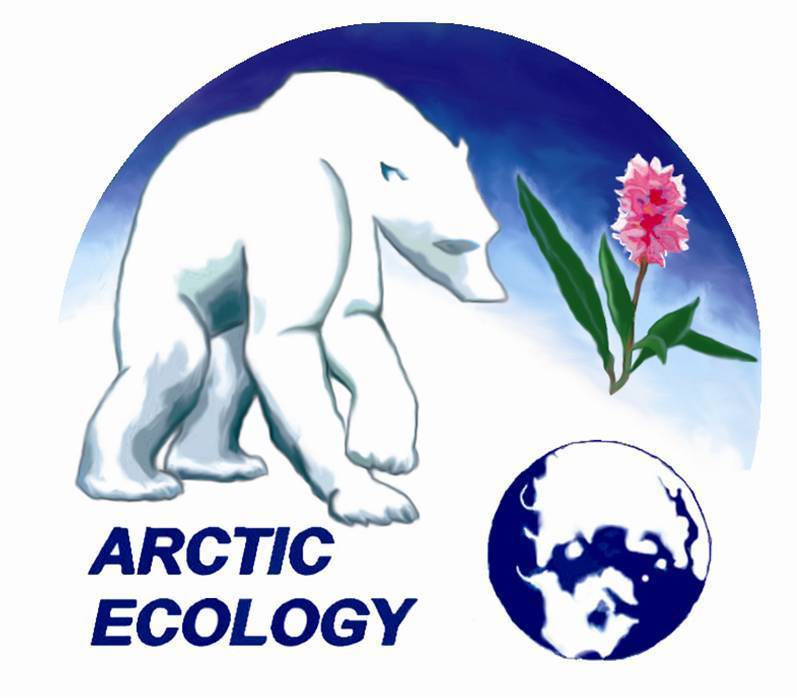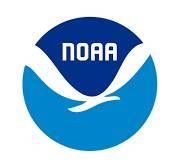Why are changes in the Arctic Important
The Arctic is warming on average, four times as fast as the rest of the world and this is expected to increase in the coming decades.
Some of the iconic species of the climate change crisis live here—whales, polar bears, caribou, etc. These animals are only a small portion of what makes the Arctic so important. The Arctic permafrost is one of the largest stores of sequestered carbon, and the vast glaciers provide an important mechanism for global wind and ocean current, and weather cycles. Even though this region is so remote, the processes taking place have global impacts.
This project focuses on changes occurring in tundra ecosystems.
Feedbacks (contributing toward further warming)
Energy Balance
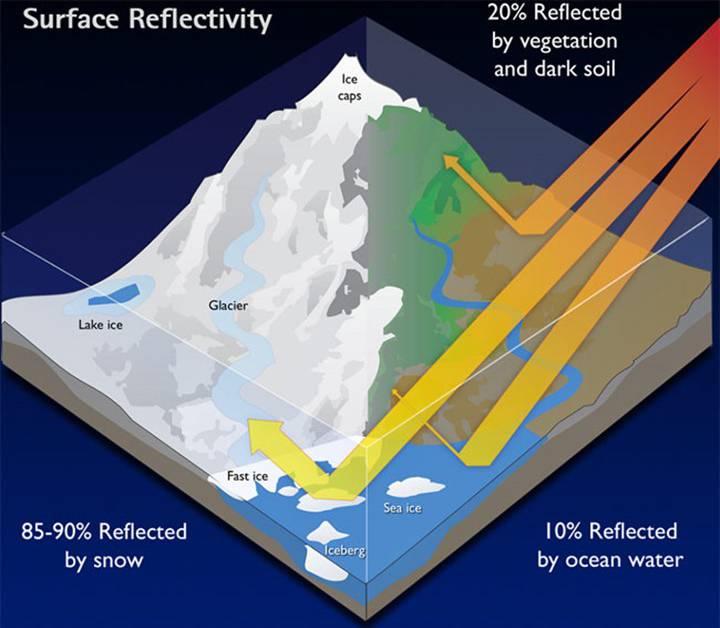
The difference in energy reflected away (albedo) from white to non-white surfaces is huge. As snow and ice melt, more energy enters the system and causes more melting.
More than 80% of the sun's energy is reflected away by snow and ice, while less than 20% is reflected away by water or vegetation.
Bigger Plants
[1702677541].jpg)
At a small scale, bigger plants reflect away less energy and contribute to further warming. This is especially true near snow melt.
Carbon Balance
[1702677610].jpg)
Historically tundra was a carbon sink and has vast stores of organic matter in the soils and permafrost. As the regions warm, plants generally grow more and fix more carbon. However, the microbes in the soils are also more active and break down carbon and release it in the form of carbon dioxide and methane (which contributes to further warming).
Other Big Changes
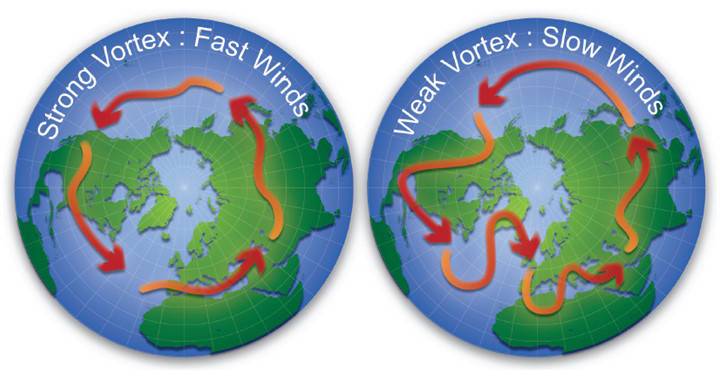
In recent years the polar vortex has become a common phenomenon where cold Arctic winds that used to vortex around the poles, now wander and contribute to brief, but very cold, temperatures at lower latitudes.
At the same time the lower latitudes are getting cold winds, the Arctic is getting warm winds and may even have above freezing temperatures briefly during the winter.
[1702678668].jpg)
The timing of when food is available is changing and has the potential for mismatches that may change food web dynamics.
[1702913820].jpg)
What is the fate of the tundra biome as the world warms?
Paleoecology show us that different assemblages of species occurred in the past. What will tundra look like in the future remains unknown.
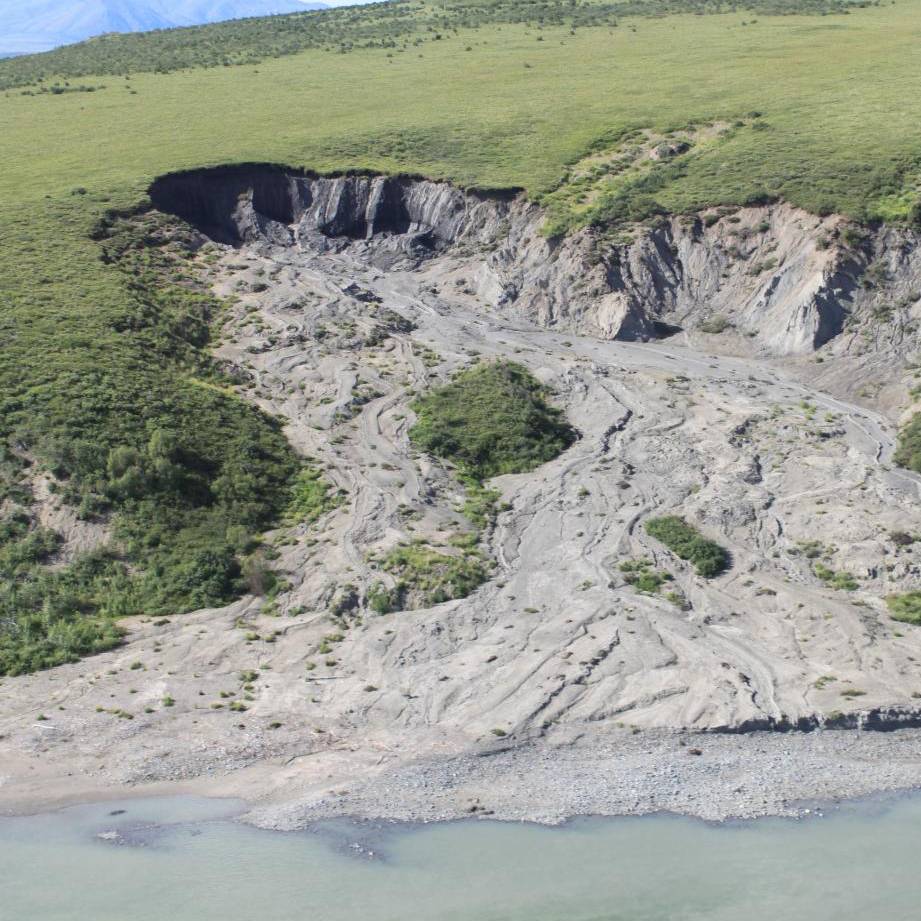
Retrogressive thaw slumps are occurring across the Arctic as annual thaw depends and degrades permafrost.
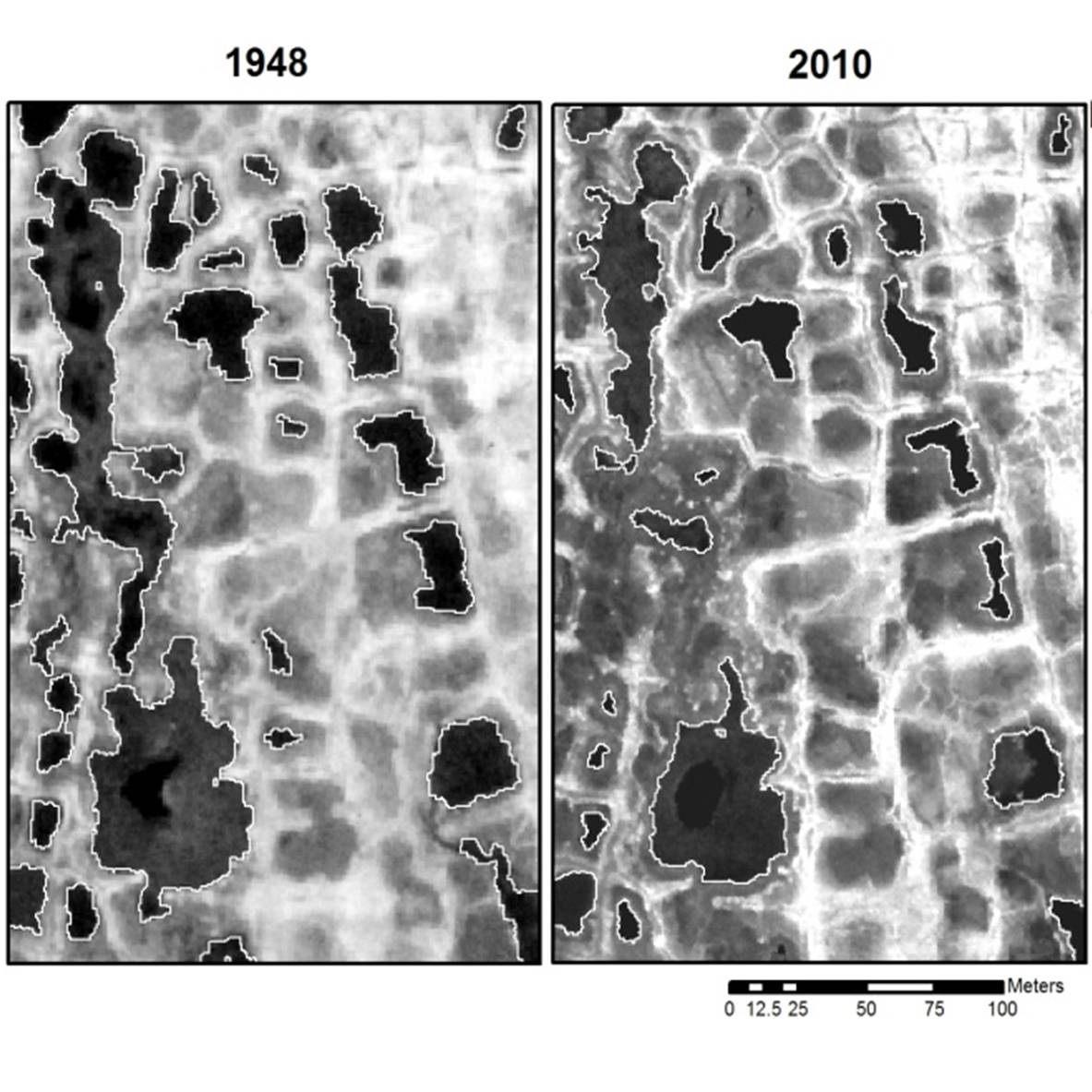
Lakes are draining across the Arctic. There are many reasons, but a major contributor is deeper thaw which increase drainage across the landscape.
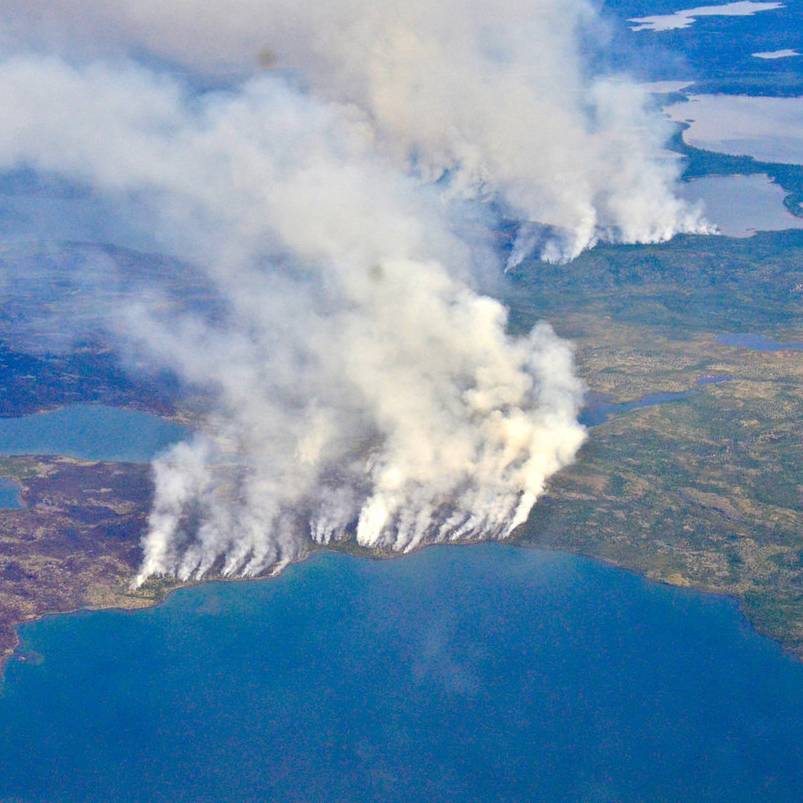
Fires have become more common in tundra and boreal regions. Fires are more common when the soils are dry (due to increased drainage). Increased lightening is also a contributing factor.

